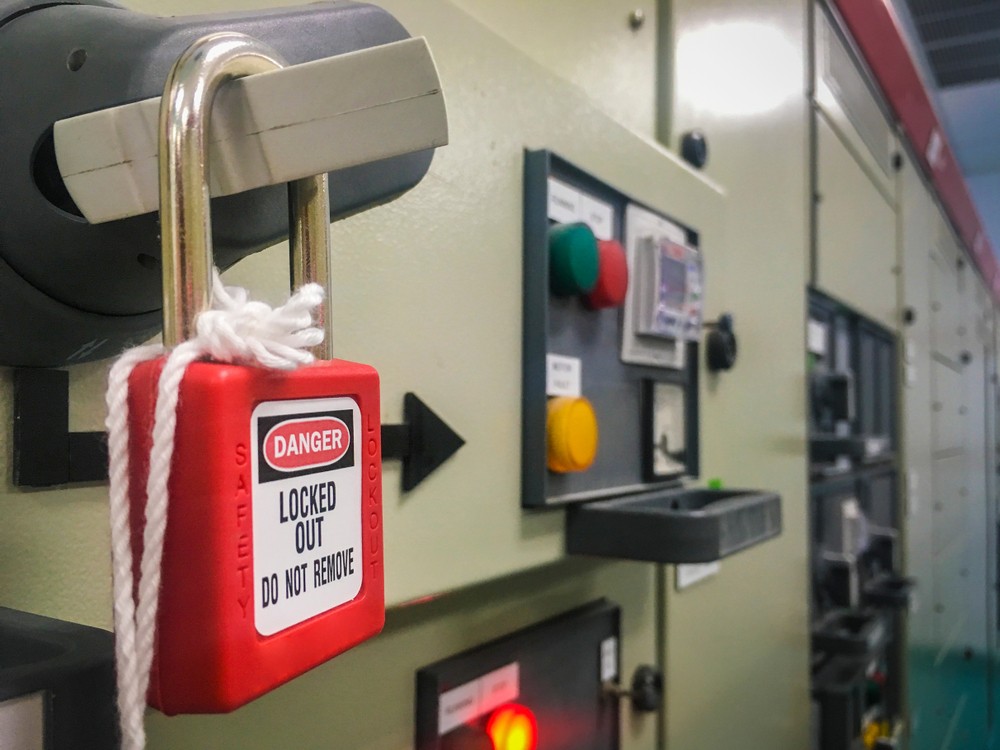Occupational Health and Safety Act: Common & Costly Violations

Signed into law in the final days of 1970 by President Richard Nixon, the Occupational Safety and Health Act (OSHA) is one of the most pivotal pieces of legislation in American history. Today, 50 years later, OSHA is stronger than ever, governing workplaces across a wide array of industries. Its purpose? To keep workers safe and workplaces hazard-free, and to set the standard for occupational well-being. OSHA paved the way for worker protections, workplace standards, and legal precedents, establishing the United States manufacturing sector as the safest in the world.
Modern-day manufacturers know OSHA for its stringent rules and regulations, many of which come to light during audits. But OSHA offers so much more. In addition to the continued establishment of workplace safety standards, OSHA also offers training, grants, consultations, whistleblower protection, among others. The goal is always to raise occupational safety standards in the U.S.
OSHA violations, by the numbers
OSHA often gets a bad rap for being zealous in its defense of workers and adherence to rigid standards. It’s unsurprising to learn that much of the backlash comes on the heels of citations and fines handed out during OSHA inspections — of which more than 32,000 are conducted annually. Here’s a look at the top 10 most common violations companies face:
- Fall protection hazards (7,270 violations)
- Hazard communication standard (4,552 violations)
- Scaffolding, general requirements (3,336 violations)
- Respiratory protection (3,118 violations)
- Control of hazardous energy (lockout/tagout) (2,944 violations)
- Ladders (2,812 violations)
- Powered industrial trucks (2,294 violations)
- Fall protection training (1,982 violations)
- Machinery and machine guarding (1,972 violations)
- Eye and face protection (1,536 violations)
Most violations come with a warning; however, left unresolved those warnings quickly turn into fines. This is where the criticism of OSHA generally comes from. Something as simple as forgetting to post safety regulations can garner fines in excess of $13,000! Serious or willful violations — ones that may result in direct harm or death — fetch fines upwards of $130,000. Repeat violations also carry a hefty price tag.
As we’ve mentioned in the past, OSHA is much like the Internal Revenue Service (IRS) — more ready to help than they are to penalize. Often, companies see their fines rescinded by simply remediating the violation. It’s smart to have a program in place to self-audit against OSHA standards.

Keep your factory safe
OSHA has protected workers for 50 years, and the U.S. manufacturing economy is better because of it. OSHA’s inspections aren’t just for handing out citations and collecting fines — they’re about keeping workers and workplaces safe. OSHA uses site survey data to continually create new programs and standards, staying abreast of the changing industry.
The willingness of manufacturers to learn about and adhere to new and evolving occupational safety standards contributes significantly to OSHA’s success. Don’t look at the organization as a walking reprimand. Instead, look at it as the driving force behind keeping the U.S. the global leader in manufacturing safety standards. Happy 50th birthday, OSHA!